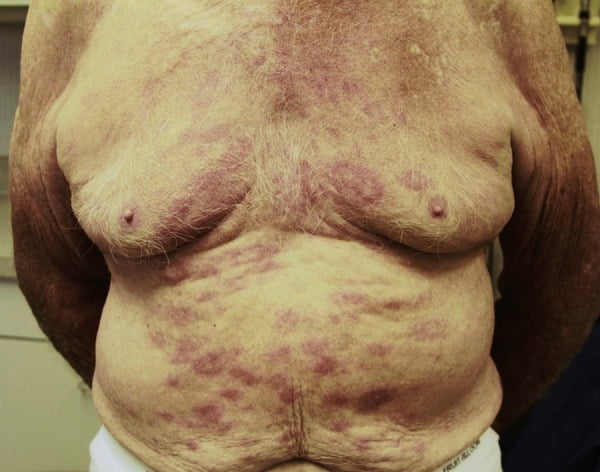Introduction: A new report published in the Centers for Disease Control and Prevention’s Emerging Infectious Diseases journal reveals a concerning increase in leprosy cases in Florida and the southeastern United States over the past decade. Leprosy, also known as Hansen’s disease, is a rare bacterial infection that affects the nerves and can lead to skin swelling. The research indicates that reported cases have doubled in the Southeast in the last ten years, with Central Florida being disproportionately affected, suggesting the region may be an endemic location for the disease.

Leprosy Transmission and Symptoms: Leprosy doesn’t spread easily through casual touching, like shaking hands or sitting near someone on public transport. The bacteria that cause leprosy are mainly transmitted through close and prolonged contact with an infected person, such as living together or spending a lot of time in close proximity. It is also possible to get infected by coming into contact with armadillos, as some of them carry the bacteria that cause leprosy. But, in general, you don’t need to worry about catching leprosy from everyday interactions with people or animals.
Symptoms of leprosy can vary and may include a rash with pigmented, scaly skin lesions and disfiguring nodules on the face and hands. One crucial distinguishing factor is the loss of sensation in the affected area, which is not typical of ordinary rashes.
Recent Cases in Florida: The report highlighted a case in Florida where a 54-year-old landscaper contracted leprosy without any known contact with infected animals or people and no travel history to countries where the disease is more commonly found. This incident illustrates the potential for leprosy to occur in areas like Central Florida, even without obvious sources of transmission.
Public Health Response: To address the rising leprosy cases in Florida and the Southeastern United States, health professionals are urged to consider leprosy as a potential diagnosis, especially for patients who have spent time in Central Florida. Early detection is crucial for effective treatment, as leprosy is treatable with a combination of two or three antibiotics for a period of one to two years. Left untreated, leprosy can cause nerve damage leading to paralysis and the permanent crippling of hands and feet.
Conclusion: The increase in reported leprosy cases in Florida and the Southeastern United States is a cause for concern, particularly in Central Florida, where the disease seems to have a consistent presence. Health professionals should be vigilant in considering leprosy as a potential diagnosis, even in the absence of known risk factors. Early detection and treatment are essential to prevent severe complications and long-term disabilities associated with leprosy. Public health authorities must remain vigilant in monitoring and responding to this emerging health issue to prevent further spread and protect the well-being of the population.


daxktilogibigibi.1Yy8BFNGrwWo
etherization xyandanxvurulmus.Vkaf0wyG75PT